The war with Iran is a continuation of the war imposed on Israel on October 7, 2023, and may prove to be a fitting final chapter to such a complex, difficult, and protracted conflict.
For many years, the Iranians built their strategy against Israel on two pillars: a “military nuclear” capability—advanced both openly and covertly, nearly to the threshold of bomb production—and a “ring of fire” around Israel, painstakingly constructed and composed of terrorist organizations that either operated under Iran’s protection or were directly managed by it. These proxies were intended to deter Israel from acting against the nuclear pillar and to shield Iran from direct confrontation. Tehran was meant to remain distant and invulnerable, while Israel bled in ongoing clashes with its proxies—clashes that would either lead to the collapse of the Jewish state or weaken it to the point where it would fall like ripe fruit under the pressure of Iranian fire, delivered from afar in the form of thousands of heavy missiles, both precision-guided and unguided. (The Iranian regime was untroubled by the prospect of Israeli civilian casualties.)
The Iranian plan, which it nurtured at great cost and effort, was derailed by Yahya Sinwar, who gave free rein to his darkest impulses, both personal and those rooted in the Palestinian society in which he grew up. On October 7, 2023, Sinwar felt strong enough to launch a war, partly because he believed Hamas was part of an axis committed to Israel’s destruction, and he probably expected the entire axis to join him in a holy war against Israel.
He was wrong, as none of the axis members, not even the Palestinians in the West Bank, joined the fight in full force. It was perhaps his greatest mistake of the war. Hamas was left nearly alone in its confrontation with the IDF, which is now close to destroying the military power of what was once the most formidable of the Palestinian organizations. This is a testament to the ability of the IDF, Israeli society, and the government to recover and mount a forceful response. Together, they brought about another Palestinian catastrophe, on a scale comparable to the Nakba of 1948.
The war paved the way for a favorable opportunity to strike Iran. Step by step, Israel dismantled the terrorist network that had been built around it, and the ring of fire was eliminated. Iran lost nearly all its proxies. Its most powerful proxy, Hezbollah, is now focused on survival, and the “Shia Crescent” (as it was labelled by Jordan’s King Abdullah), which stretched from Iran to the Mediterranean (Beirut), collapsed as Syria was removed from the equation.
Israel’s strategy was to confront its enemies one by one, without committing to any final arrangement— as opposed to those who insisted that it must engage with the question of “the day after.” This appraoch gave Israel the flexibility to adapt and the ability to concentrate its power where and when it was most needed throughout the war.
Although no one anticipated or planned the fall of the Syrian regime, it came about as Turkey and the rebels understood that Bashar Assad had been greatly weakened due both to the severe blow dealt to Hezbollah by Israel and to Iran’s perceived vulnerability following its brief exchange of blows with Israel in 2024.
The IDF seized on this unexpected development to create a “military vacuum” in Syria, especially in its south, by destroying the military infrastructure of the Syrian Army. Israel thus created a corridor free of any surface-to-air missile threat that stretched from the Israeli border all the way to Iran.
With Iran stripped of armed proxies surrounding Israel and willing to fight on its behalf, and with the Israeli Air Force now having an open aerial corridor to Iran unimpeded by military resistance, Jerusalem was able to authorize the operation with far greater confidence.
When Israeli intelligence assessments indicated that Iran was accelerating its efforts to weaponize its nuclear program, ramping up its missile production, and revisiting its plan to destroy Israel in light of recent battlefield developments—including how to restore parts of the Ring of Fire’s ability to strike Israeli territory— Israeli decision-makers understood that the time had come for a preemptive strike that would capitalize on Iran’s moment of weakness.
The goal of the war is to significantly delay Iran’s timeline to a nuclear weapon, severely degrade its capacity to produce surface-to-surface missiles, and greatly reduce its ability to rebuild the strength of its terrorist proxies along Israel’s borders. The regime in Tehran may also be destabilized as a result of the war, but Israel cannot plan for regime change in Iran, as there is currently no meaningful opposition capable of replacing it.
JISS Policy Papers are published through the generosity of the Greg Rosshandler Family.






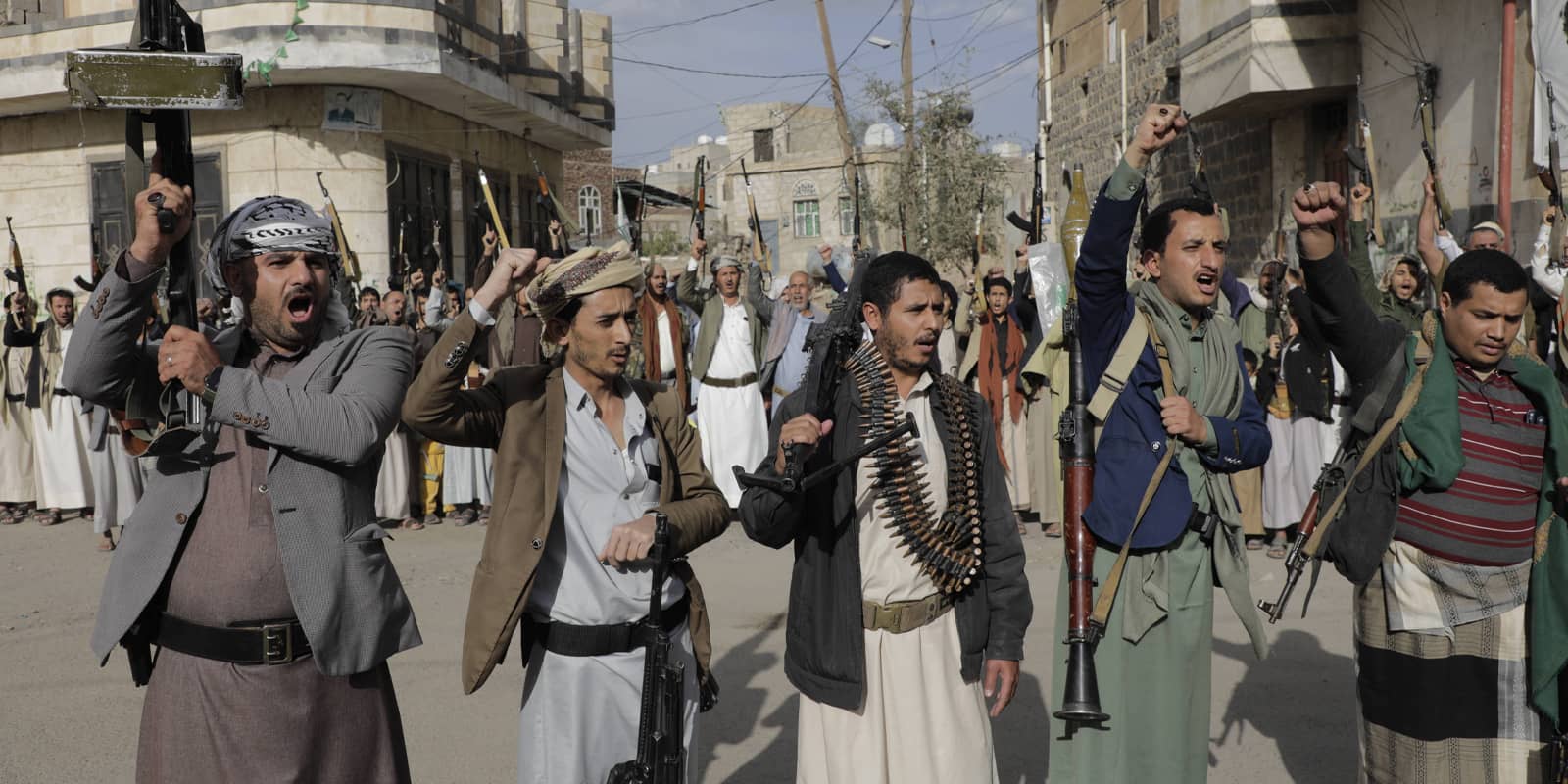
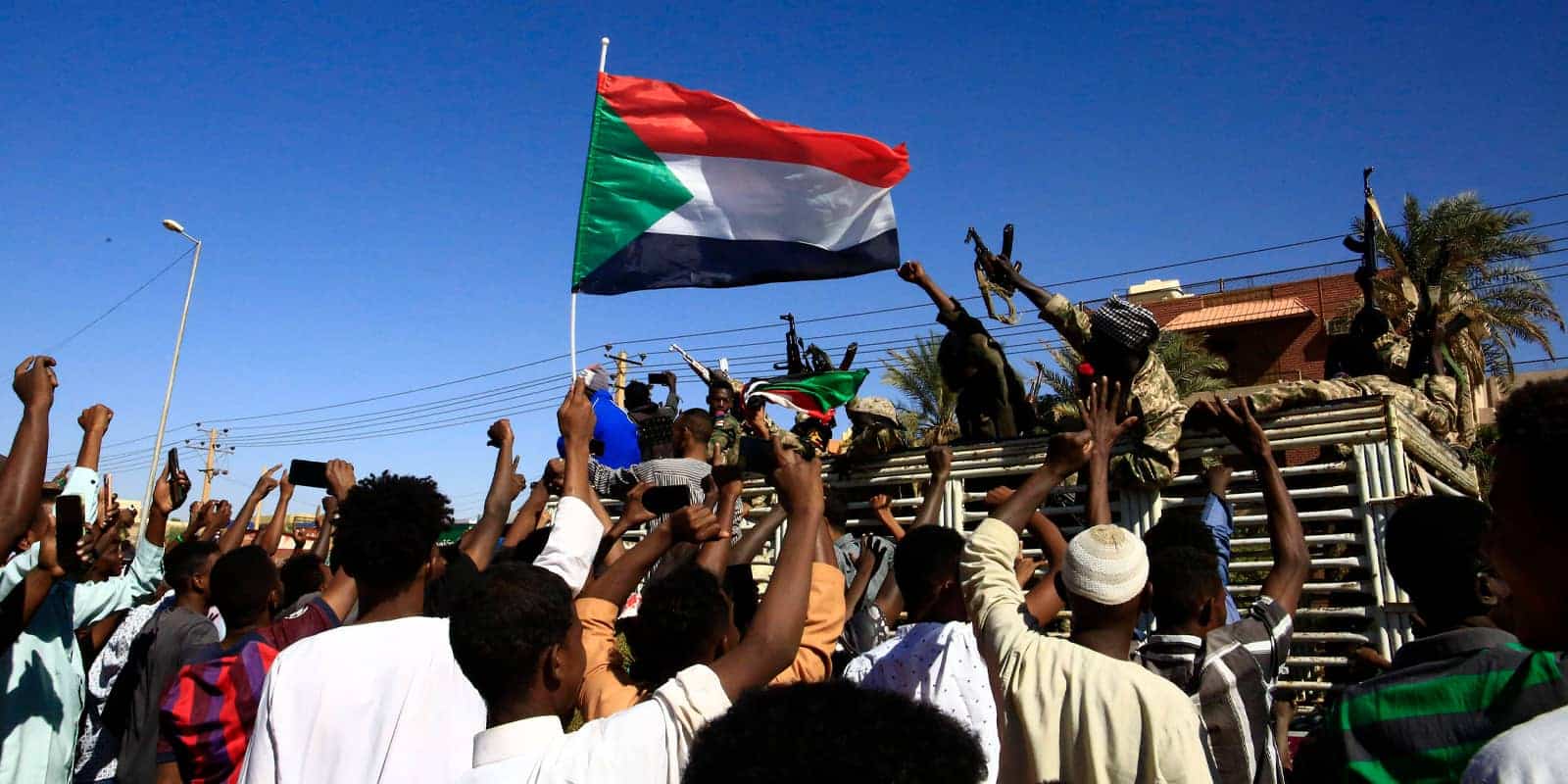

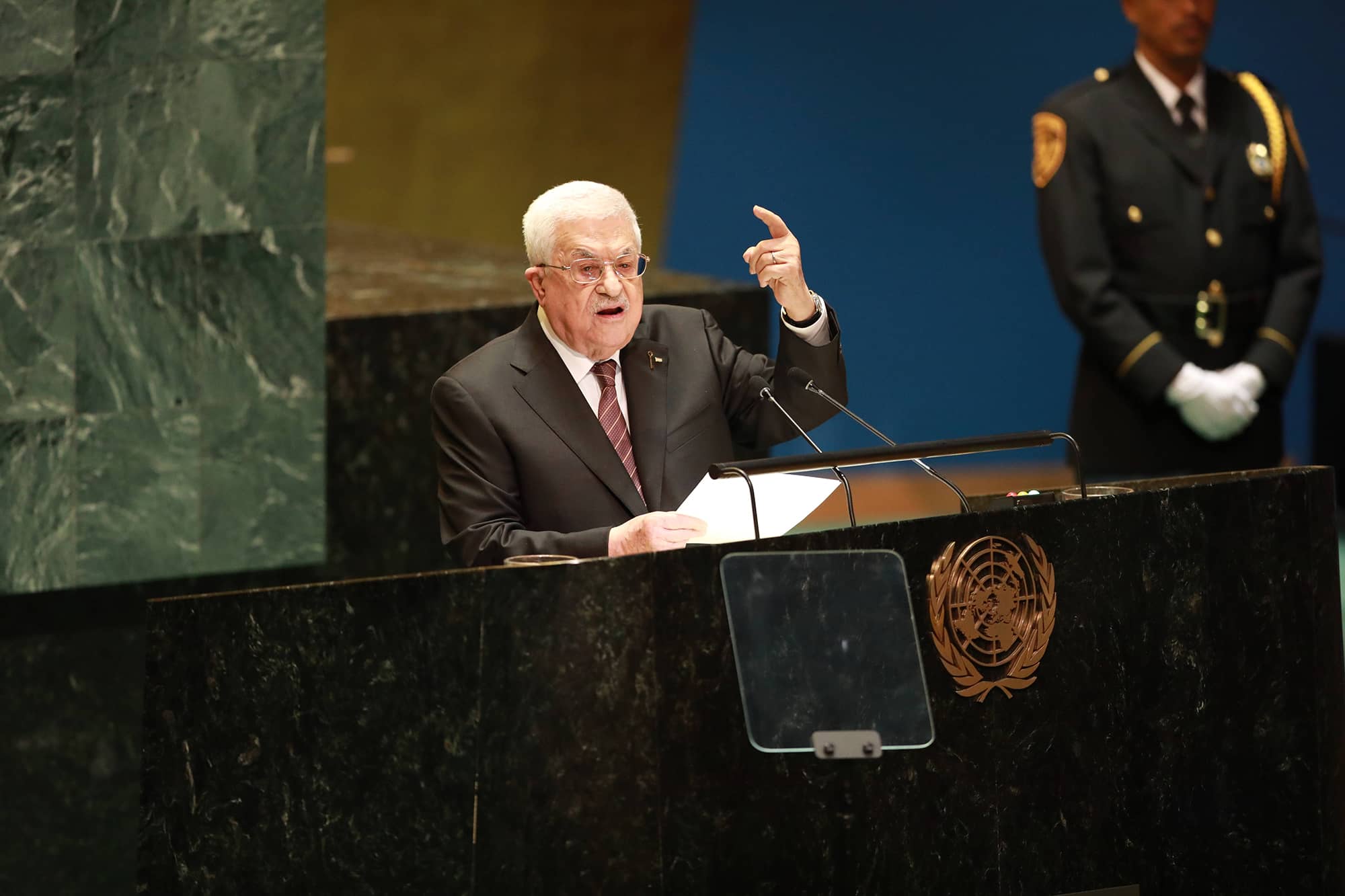
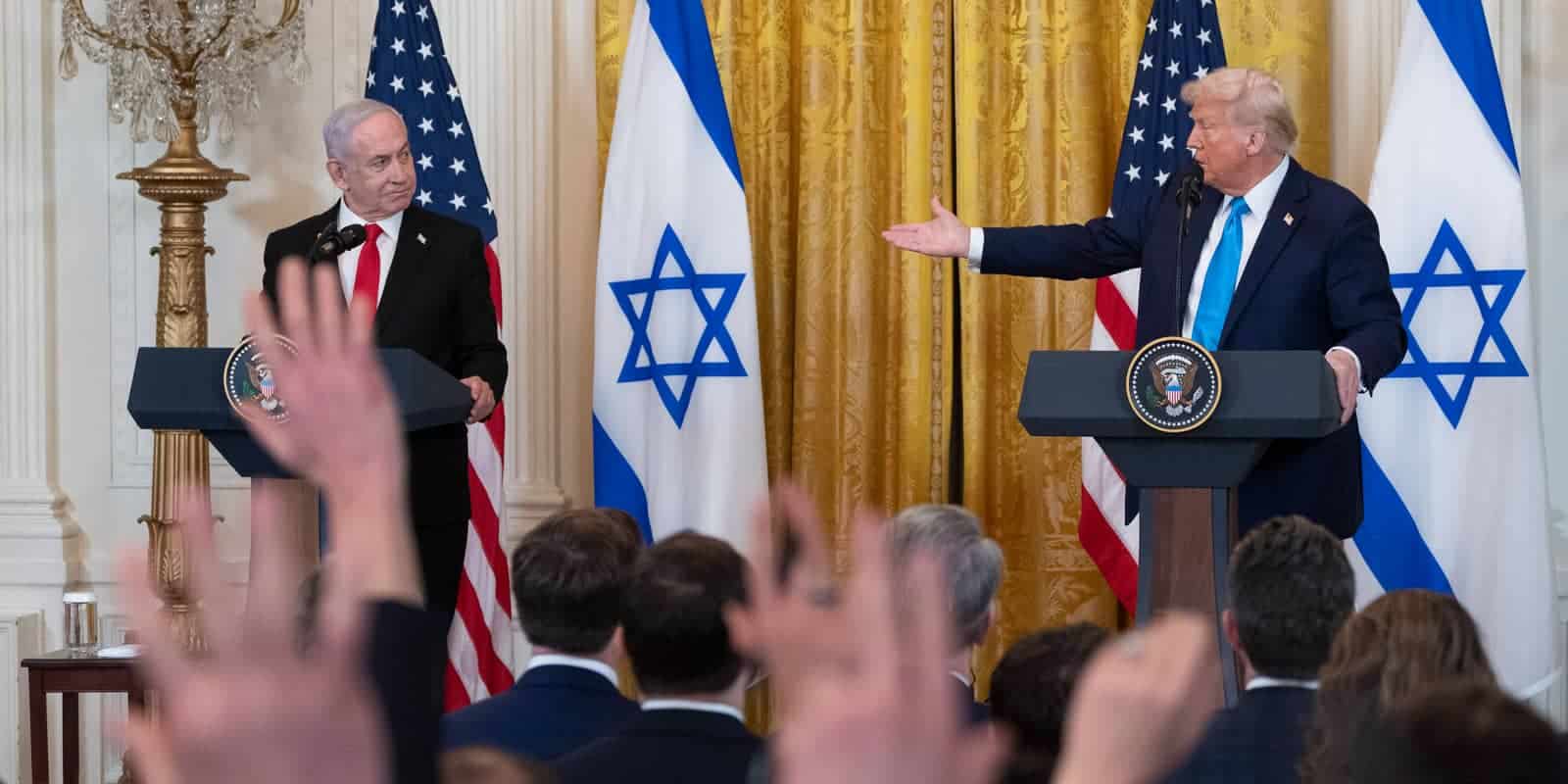

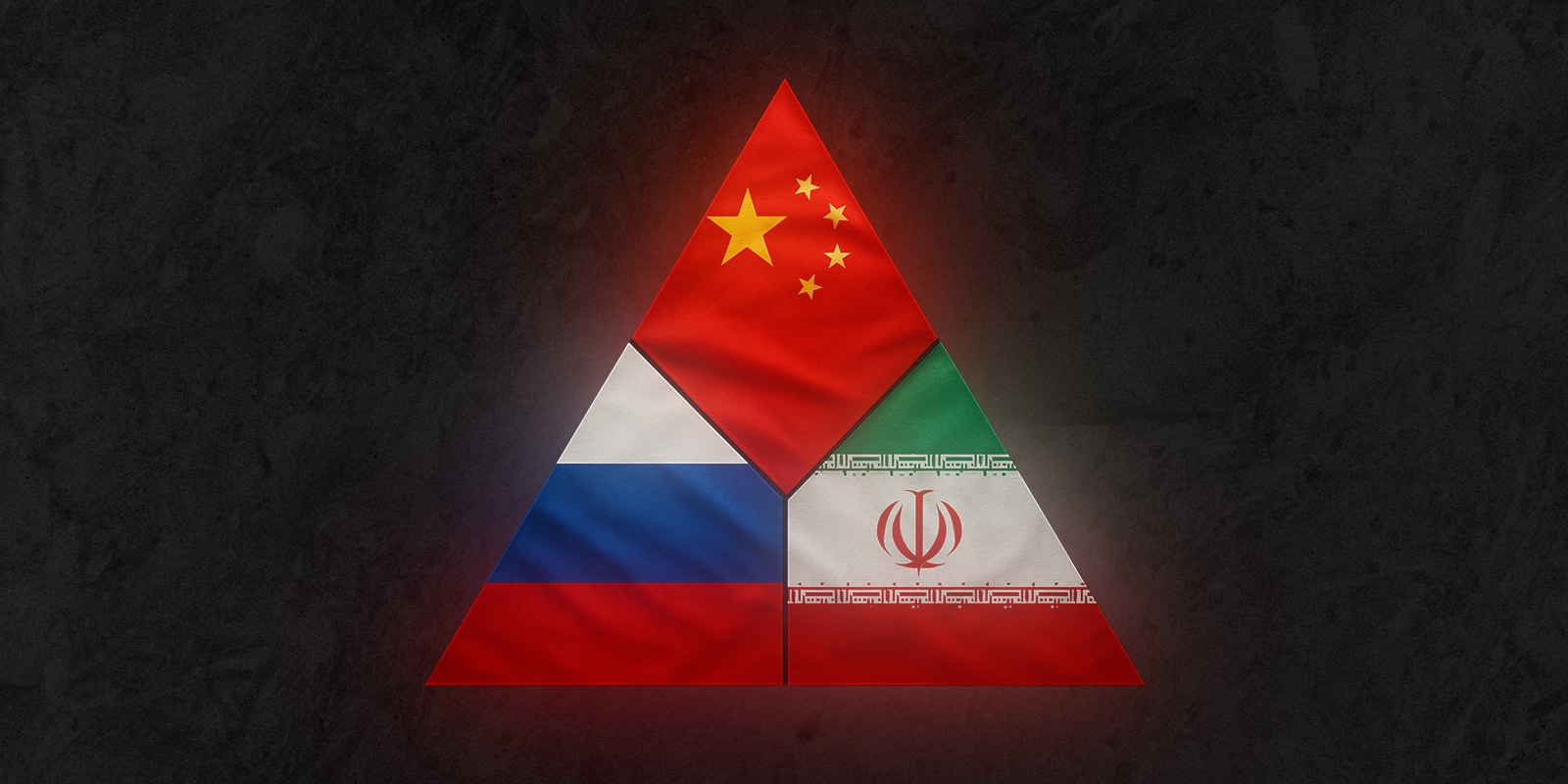
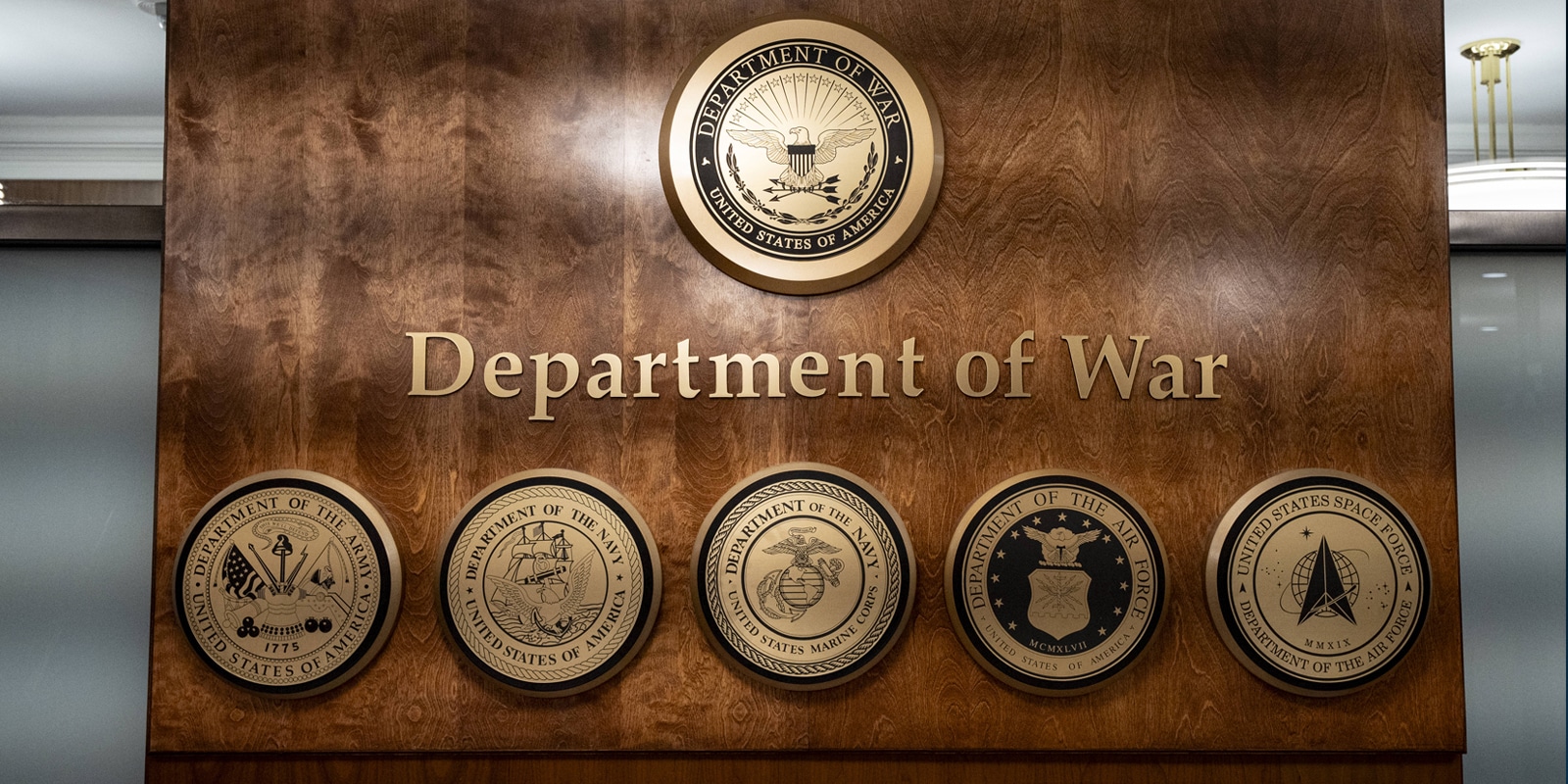

The Kidnapping Threat: Preventing Israel’s Moral Commitment to Hostages from Becoming a Strategic Vulnerability